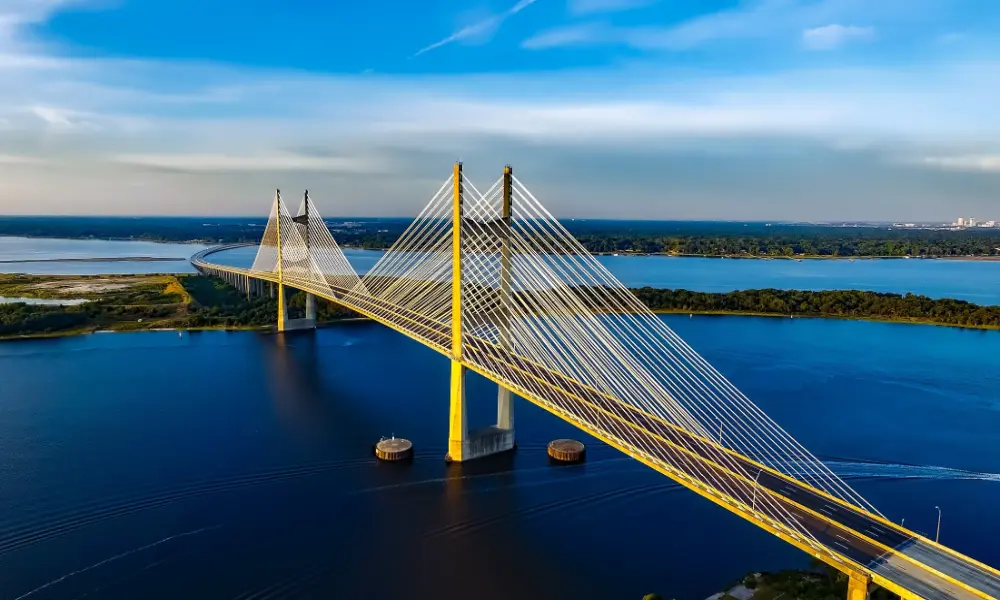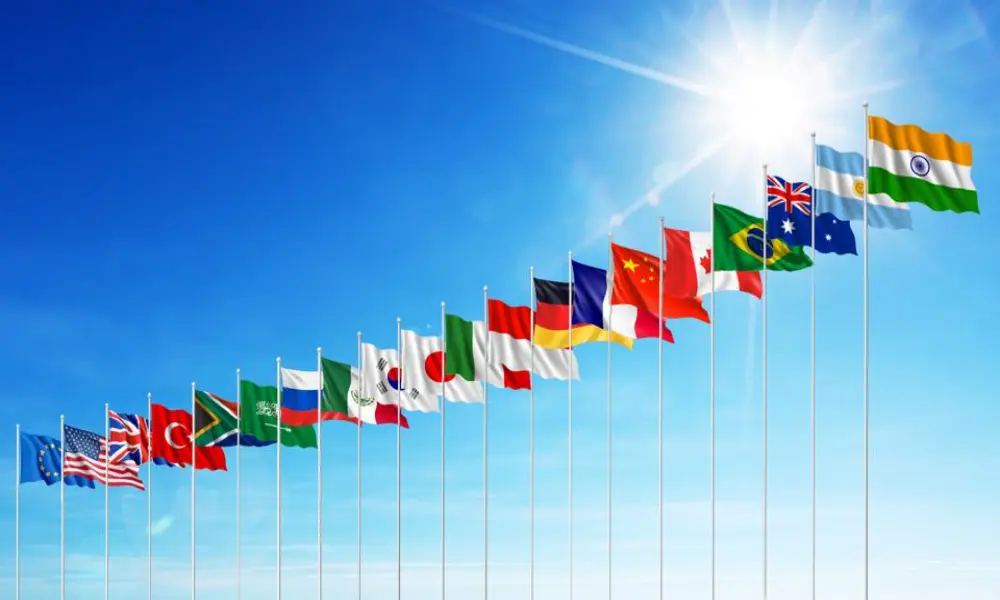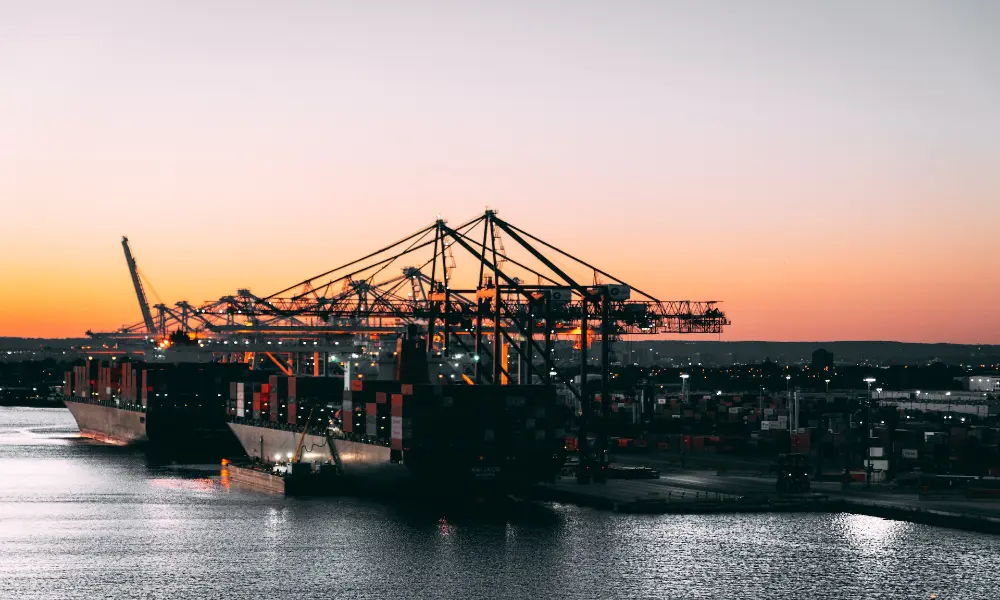The Emergence of New Regulation Necessities
Amendments to the California Air Resources Board’s “Ocean-Going Vessels At-Berth Regulation” have sparked a necessity for new rules. As of January 2025, tankers in certain ports are obligated to implement emission control strategies. Adjusting to these changes, the classification society DNV took up the helm for the Western States Petroleum Association to evaluate the feasibility of complying with these evolving standards comprehensively.
Identifying Gaps and Deficits in Prevailing Regulations
The meticulous analysis uncovered sizeable deficiencies within the existing framework regarding shore power on tankers. The absence of standardized connection points, compatibility issues with terminal systems, and limited technology advancement featured prominently in these gaps. There was also a noted requirement for risk assessment concerning dangerous cargo during shore power technology usage.
As Catrine Vestereng, Senior Vice President and Global Segment Director of Tankers at DNV Maritime puts it, safety is paramount at DNV. The potential fire risks involved with the majority of tankers necessitate a higher degree of precaution across aboard and quay systems. This gives rise to the significance of industry-standard guidelines that can successfully address safety issues and preserve the integrity of personnel and resources involved in tanker operations.
The Emergence of New Rules
Drawing on insights and deep industry knowledge from reputed energy charterers, tanker terminals, and notable shipowners, DNV successfully defined these new rules. The development process was marked with a clear understanding of the industry’s needs and the knowledge gaps that needed to be filled. This marked a significant step forward in the move towards creating a safer, more standardized, and environmentally friendly industry.
Collective Dedication and Industry Collaboration
The collaborative effort was led by the Oil Companies International Marine Forum’s (OCIMF) Environment Committee, under which an Onshore Power Supply Work Group was established. The mission of the workgroup was to assist in the formulation of standardized practice guidance concerning the application of shore power for tankers and terminals.
Filipe Santana, an Engineering Advisor at OCIMF, appreciates the collective efforts from DNV and other industry partners to spearhead the adoption of innovative strategies aimed at reducing emissions. Such sincere collaboration between industry leaders signifies a commitment to future sustainability and indicates a brighter future for both the maritime industry and our global environment.



